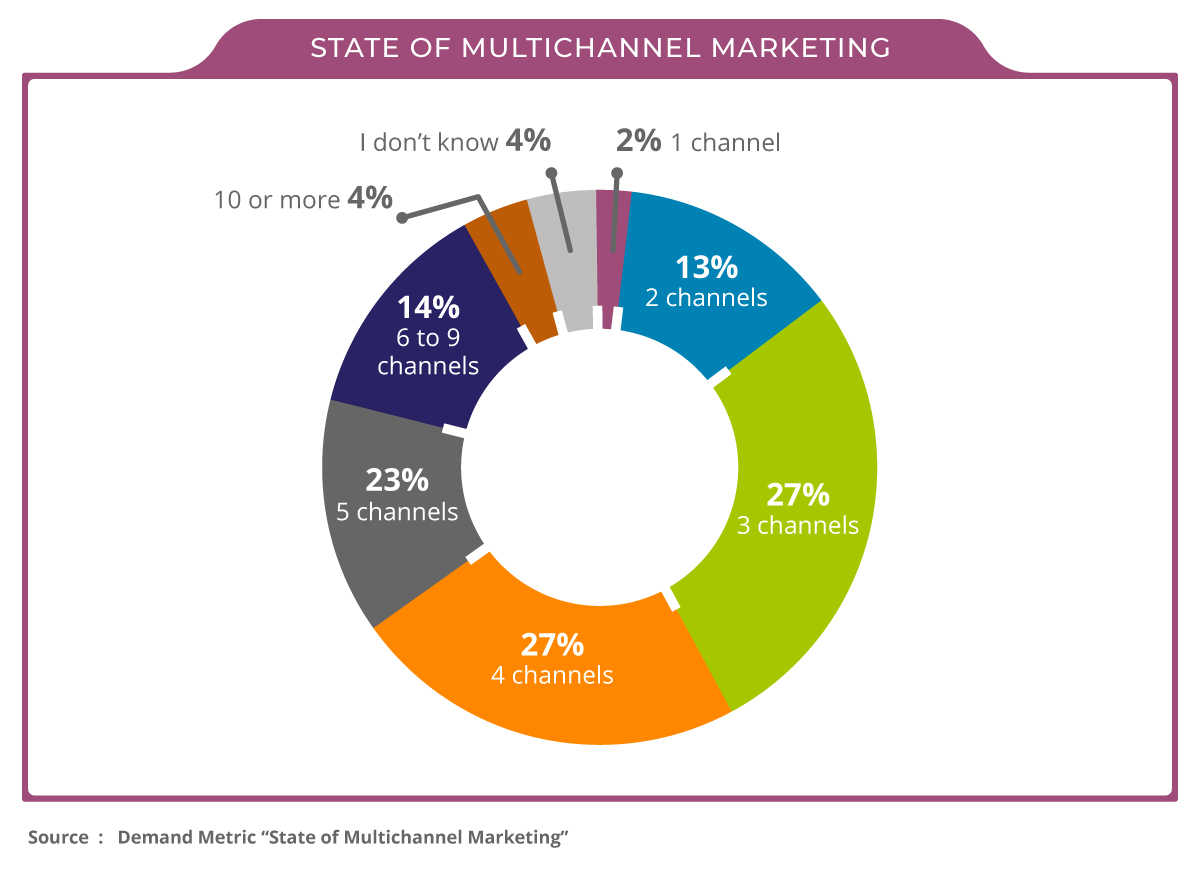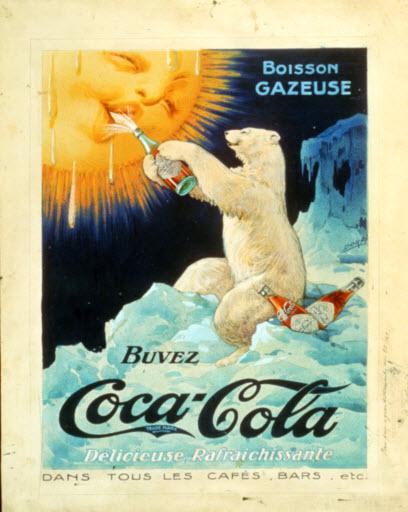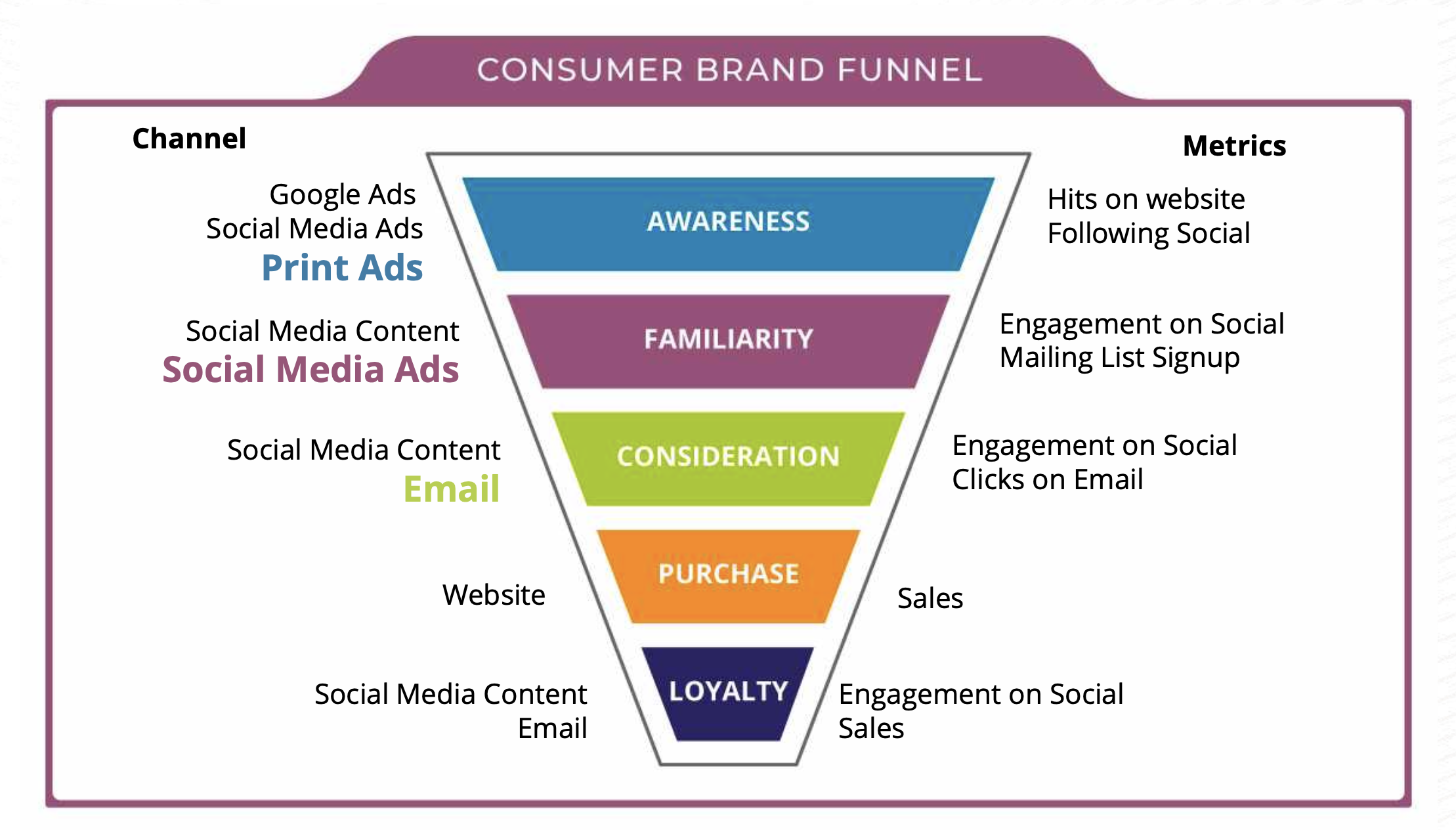
An Argument for Integrated Campaign Planning
By Susan DeMatei
If you’ve been reading any marketing articles in the past few years, it’s all about multichannel marketing – or how you coordinate your messages across channels. At WineGlass Marketing, we have been testing and have some exciting case studies today to share on the benefits of integrating your marketing.
What is integrated marketing?
Simply put, it’s when combining different channels tells the entire story. The idea is that the sum of the parts becomes more significant than the whole through a multidisciplinary approach.
This is not a new concept; it’s just become more complicated to execute. Before the internet, we had print, broadcast, outdoor, and direct mail, so being integrated was relatively easy. Now, we must consider additional digital channels like email and social media. Plus, traditional channels are bifurcated with streaming services and digital magazines. Even an emerging service type, DSPs or Demand Side Platforms, is popping up to help marketers keep them all straight.

Things are so complicated that in a recent study by Demand Metric, statistics showed that 54% of marketers use three or four different channels for each campaign. Twenty-three percent use five channels, while 14% utilize between six and nine different channels. The study went on to say the most popular channel among marketers is email, with 90% of respondents stating that they utilize it in their strategy. Social Media Marketing is second, with 84% citing usage, and events, such as webinars, tradeshows, and virtual events, came in third with 71%.
So let’s boil it down. What constitutes an integrated campaign?
- You have to have a consistent company presence in a single logo. That seems obvious, but worth stating as many wine brands now have confusing brand hierarchies.
- The ads must feature a consistent design theme, like fonts and colors.
- Typically, the image style and the subject matter or setting are similar and reminiscent of each other.
- There has to be a singular message. e.g., Progressive saves you money.
- And finally, the big one – it has to be on multiple channels.
Having a consistent logo alone doesn’t make ads integrated. One of the most trusted brands in the world, Coca-Cola, hasn’t changed its logo for 128 years. But not every ad they’ve ever done is the same integrated campaign. The Coca-Cola polar bears is an example of an integrated campaign. Coca-Cola first featured a polar bear in a French print ad in 1922, shown squirting cola from a bottle into the mouth of a thirsty sun.

Since then, polar bears have occasionally appeared in Coca-Cola advertisements but didn’t become a coordinated campaign theme until 1993. Thirty years later, the polar bears have developed into three different Coca-Cola advertising campaigns and are still used today.
Having repetition is also not a hallmark of an integrated marketing campaign. Repetition is just frequency. It doesn’t inspire people; it annoys them. Consistency is effective marketing. Think about it. Say you have an employee who comes to always says the same thing with the same idea and won’t let it go after several meetings. After about the third pitch, you tune them out or stop inviting them to meetings. But if you have someone who is consistently a resourceful thinker and thinks outside the box or is always a devil’s advocate and great at vetting things, you begin to rely on that consistency. So when planning creative brainstorming, you invite the person whose been consistently innovative, and when you need to evaluate a proposal, you bring in your skeptic. It’s the same with brands. Consistency teaches us what that company is good for and what you can rely on them to provide.
Also, frequency without consistency is chaos, which is how many people market today. Every marketing message is a one-off, every email is a new idea, and every social post is a random thing that happened that day. All these announcements get lost when the messaging is haphazard, and ultimately no directive is conveyed. At that point, it’s hard for your target to remember or retain the essential message you were trying to portray about your company or product.
Ok, now we get what integrated marketing is. Let’s talk about why you care.
Use Cases for Integrated Marketing
The first convenient thing about coordinating channels is that different channels work best in customer lifecycle phases. For example, we won’t be able to acquire new customers by texting because we must have a phone number and permission for that channel. No, we will reach new customers with broad target vehicles like print or Google Ads. So the concept here is that every phase has proper channels to accomplish goals in that quadrant.

If you have an integrated campaign involving print ads, social media, and email, you can target your customers no matter where they are in the funnel with a singular message. The calls to action change, but the message is consistent.
Another reason to use different marketing channels is that we are all different. We all have our habits and shop and browse information differently. I may love texts but hate emails, and unless you’re doing pretty detailed note-taking on your customers, you don’t know what my preferred channel is. That is why dividing up your channels is a wise choice. You are more likely to reach your targets, and your audience will appreciate the variety.
We know this because overwhelming people shop on more than one channel—so the more, the merrier.
Diversifying your channels is also smart if you have different audiences. What if you’re selling winemaking software, and you have to reach the C-Level decision maker, who relies on email, the Operations manager who likes direct mail, the winery staff who everything on their cell phone because they don’t have desks and your sales staff who are always at tradeshows. Integrated marketing allows you to, again, coordinate a message to multiple targets at the same time.
How to Begin
Just because research says people use 5-9 channels per campaign doesn’t mean you have to. The easiest thing to do is to start small. Begin to coordinate your emails with your social. Or have a matching landing page for your next campaign. But think to yourself, where will my customer go next, and how can I bring this campaign to that intersection point? Using our bullet-pointed checklist above, think about campaigns instead of one-off tasks like “the March newsletter.”
If you want to go to the next level, look at a third channel. Don’t forget direct mail, email, text, and outbound phone campaigns. Play around with combinations to see what combination returns the best result. In no time, you’ll see an increase in your sales and be thinking of your marketing with a more programmatic approach.
Susan DeMatei is the founder of WineGlass Marketing, a full-service direct marketing firm working within the wine industry in Napa, California. Now in its 10th year, the agency offers domestic and international clients assistance with strategy and execution.
WineGlass Marketing is located in Napa, California at 707-927-3334 or wineglassmarketing.com


